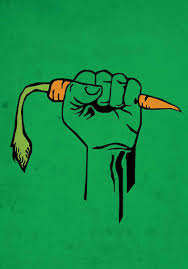Pros and Cons of my Chosen Career
These are the pros and cons of my chosen career Graphic Design from my opinion:
Pros:
- Technology is improving and advancing all the time, we are now in the technology age whcih means that all the software will improve.
- We have design software such as the Adobe Suite which is very important from a Graphic Designers point of view cause this is the software the majority of them use for example: illustrator, InDesign and Photoshop.
- There are Graphic Design companies big and small in towns and with in 15 miles.
- There are job openings for Junior Designers.
- And the most important thing is Creativity. You cannot be a Designer without creativity it isvital for the process of design.
Cons:
- Digital Creative limitations, it may take some time for new software to be produced therefore limiting what you can create.
- A lot of big Design companies are situated in large cities which is a down side for me as I want to stay located around Chesterfield.
- The Design industry is very competitive and may be hard to find a job.
- You have to meet deadlines when working for a client and it has to be up to their specification on what you create so in fact you are also working for the client as well as the company.
- And education is a big con as for many of the jobs you need to complete a BTEC Level 3 or higher in chance of competing to get a job in the Graphic industry.





















